|
[1]
|
Y. Chen, Non-safety-related software in the context of railway RAMS standards, in 2017 IEEE Second International Conference on Reliability Systems Engineering (ICRSE), (2017), 1-5. doi: 10.1109/ICRSE.2017.8030718.
|
|
[2]
|
T. Wang, Y. Quan, X. Shen, T. R. Gadekallu, W. Wang, K. Dev, A Privacy-Enhanced Retrieval Technology for the Cloud-assisted Internet of Things, IEEE Trans. Ind. Inf., 2021. doi: 10.1109/TⅡ.2021.3103547. doi: 10.1109/TⅡ.2021.3103547

|
|
[3]
|
C. Feng, K. Yu, M. Aloqaily, M. Alazab, Z. Lv, S. Mumtaz, Attribute-based encryption with parallel outsourced decryption for edge intelligent IoV, IEEE Trans. Veh. Technol., 69 (2020), 13784-13795. doi: 10.1109/TVT.2020.3027568. doi: 10.1109/TVT.2020.3027568

|
|
[4]
|
C. Feng, B. Liu, Z. Guo, K. Yu, Z. Qin, K. R. Choo, Blockchain-based Cross-domain Authentication for Intelligent 5G-enabled Internet of Drones, IEEE Internet Things J., 2021. doi: 10.1109/JIOT.2021.3113321. doi: 10.1109/JIOT.2021.3113321

|
|
[5]
|
L. Tan, K. Yu, F. Ming, X. Chen, G. Srivastara, Secure and resilient Artificial Intelligence of Things: a HoneyNet approach for threat detection and situational awareness, IEEE Consum. Electron. Mag., 2021. doi: 10.1109/MCE.2021.3081874. doi: 10.1109/MCE.2021.3081874

|
|
[6]
|
K. Yu, Z. Guo, Y. Shen, W. Wang, J. C. Lin, T. Sato, Secure artificial intelligence of things for implicit group recommendations, IEEE Internet Things J., 2021. doi: 10.1109/JIOT.2021.3079574. doi: 10.1109/JIOT.2021.3079574

|
|
[7]
|
A. Aghdai, C. Chu, Y. Xu, D. Dai, J. Xu, J. Chao, Spotlight: Scalable transport layer load balancing for data center networks, IEEE Trans. Cloud Comput., 8 (2020), 1471-1485. doi: 10.1109/tcc.2020.3024834. doi: 10.1109/tcc.2020.3024834

|
|
[8]
|
K. Yu, M. Arifuzzaman, Z. Wen, D. Zhang, T. Sato, A key management scheme for secure communications of information centric advanced metering infrastructure in smart grid, IEEE Trans. Instrum. Meas., 64 (2015), 2072-2085. doi: 10.1109/TIM.2015.2444238. doi: 10.1109/TIM.2015.2444238

|
|
[9]
|
L. Zhang, M. Peng, W. Wang, Z. Jin, Y. Su, H. Chen, Secure and efficient data storage and sharing scheme for blockchain-based mobile-edge computing, Trans. Emerging Telecommun. Technol., (2021), 4315. doi: 10.1002/ett.4315. doi: 10.1002/ett.4315

|
|
[10]
|
W. Wang, H. Xu, M. Alazab, T. R. Gadekallu, Z. Han, C. Su, Blockchain-based reliable and efficient certificateless signature for ⅡoT devices, IEEE Trans. Ind. Inf., 2021. doi: 10.1109/tii.2021.3084753. doi: 10.1109/tii.2021.3084753

|
|
[11]
|
L. Tan, K. Yu, N. Shi, C. Yang, W. Wei, H. Lu, Towards secure and privacy-preserving data sharing for covid-19 medical records: A blockchain-empowered approach, IEEE Trans. Network Sci. Eng., 2021. doi: 10.1109/TNSE.2021.3101842. doi: 10.1109/TNSE.2021.3101842

|
|
[12]
|
H. Xiong, C. Jin, M. Alazab, K. Yeh, H. Wang, T. R. Gadekallu, et al., On the design of blockchain-based ECDSA with fault-tolerant batch verication protocol for blockchain-enabled IoMT, IEEE J. Biomed. Health Inf., 2021. doi: 10.1109/JBHI.2021.3112693. doi: 10.1109/JBHI.2021.3112693

|
|
[13]
|
J. Song, Z. Han, W. Wang, J. Chen, Y. Liu, A new secure arrangement for privacy-preserving data collection, Comput. Stand. Interfaces, (2021), 103582. doi: 10.1016/j.csi.2021.103582. doi: 10.1016/j.csi.2021.103582

|
|
[14]
|
Z. Liu, A. K. Nath, X. Ding, H. Fu, M. Khan, W. Yu, Multivariate modeling and two-level scheduling of analytic queries, Parallel Comput., 85 (2019), 66-78. doi: 10.1016/j.parco.2019.01.006. doi: 10.1016/j.parco.2019.01.006

|
|
[15]
|
K. Yu, L. Tan, L. Lin, X. Cheng, Z. Yi, T. Sato, Deep-learning-empowered breast cancer auxiliary diagnosis for 5GB remote E-health, IEEE Wireless Commun., 28 (2021), 54-61. doi: 10.1109/MWC.001.2000374. doi: 10.1109/MWC.001.2000374

|
|
[16]
|
W. Wu, S. Xu, Intrusion detection based on dynamic gemini population DE-K-mediods clustering on hadoop platform, Int. J. Pattern Recognit. Artif. Intell., 35 (2021), 2150001. doi: 10.1142/S0218001421500014. doi: 10.1142/S0218001421500014

|
|
[17]
|
Y. Gong, L. Zhang, R. Liu, K. Yu, G. Srivastava, Nonlinear MIMO for industrial Internet of Things in cyber-physical systems, IEEE Trans. Ind. Inf., 17 (2020), 5533-5541. doi: 10.1109/TⅡ.2020.3024631. doi: 10.1109/TⅡ.2020.3024631

|
|
[18]
|
Y. Song, Y. Wen, D. Zhang, J. Zhang, Fast prediction model of coupling coefficient between pantograph arcing and GSM-R antenna, IEEE Trans. Veh. Technol., 69 (2020), 11612-11618. doi: 10.1109/TVT.2020.3015057. doi: 10.1109/TVT.2020.3015057

|
|
[19]
|
N. M. Balamurugan, S. Mohan, M. Adimoolam, A. John, T. R. Gadekallu, W. Wang, DOA tracking for seamless connectivity in beamformed IoT-based drones, Comput. Stand. Interfaces, 79 (2022), 103564. doi: 10.1016/j.csi.2021.103564. doi: 10.1016/j.csi.2021.103564

|
|
[20]
|
F. Z. Beana, N. Benamrane, M. A. Hamaida, A. M. Chaabani, A. T. Ahmed, Network Intrusion Detection System using neural network and condensed nearest neighbors with selection of NSL-KDD influencing features, in 2020 IEEE International Conf. Internet Things Intell. Syst.(IoTaIS), Bali, (2021), 23-29. doi: 10.1109/IoTaIS50849.2021.9359689.
|
|
[21]
|
M. D. Mauro, G. Galatro, A. Liotta, Experimental review of neural-based approaches for network intrusion management, IEEE Trans. Network Serv. Manage., 2020. doi: 10.1109/TNSM.2020.3024225. doi: 10.1109/TNSM.2020.3024225

|
|
[22]
|
M. Injadat, A. Moubayed, A. B. Nassif, A. Shami, Multi-stage optimized machine learning framework for network intrusion detection, IEEE Trans. Network Serv. Manage., 2020. doi: 10.1109/TNSM.2020.3014929. doi: 10.1109/TNSM.2020.3014929

|
|
[23]
|
Z. Guo, K. Yu, A. Jolfaei, A. K. Bashir, A. O. Almagrabi, N. Kumar, A fuzzy detection system for rumors through explainable adaptive learning, IEEE Trans. Fuzzy Syst., 2021. doi: 10.1109/TFUZZ.2021.3052109. doi: 10.1109/TFUZZ.2021.3052109

|
|
[24]
|
Z. Guo, K. Yu, Y. Li, G. Srivastava, J. C. Lin, Deep learning-embedded social internet of things for ambiguity-aware social recommendations, IEEE Trans. Network Sci. Eng., 2021. doi: 10.1109/TNSE.2021.3049262. doi: 10.1109/TNSE.2021.3049262

|
|
[25]
|
L. Ding, K. Huang, D. Zhang, Multi-stride regular expression matching using parallel character index, J. Comput. Res. Dev., 52 (2015), 681-690. doi: 10.7544/issn1000-1239.2015.20131255. doi: 10.7544/issn1000-1239.2015.20131255

|
|
[26]
|
S. Lu, Z. Zuo, L. Wang, Progress in parallelization of static program analysis, J. Software, 31 (2020), 1241-1254. doi: 10.13328/j.cnki.jos.005950. doi: 10.13328/j.cnki.jos.005950

|
|
[27]
|
R. Yang, C. Hu, X. Sun, P. Garraghan, T. Wo, Z. Wen, et al., Performance-aware speculative resource oversubscription for large-scale clusters, IEEE Trans. Parallel Distrib. Syst., 31 (2020), 1499-1571. doi: 10.1109/TPDS.2020.2970013. doi: 10.1109/TPDS.2020.2970013

|
|
[28]
|
H. Dong, H. Zhu, Y. Li, Y. Lv, S. Gao, Q. Zhang, et al., Parallel intelligent systems for integrated high-speed railway operation control and dynamic scheduling, IEEE trans. Cybern., 48 (2018), 3381-3389. doi: 10.1109/TCYB.2018.2852772. doi: 10.1109/TCYB.2018.2852772

|
|
[29]
|
H. Li, K. Yu, B. Liu, C. Feng, Z. Qin, G. Srivastava, An efficient ciphertext-policy weighted attribute-based encryption for the Internet of health things, IEEE J. Biomed. Health Inf., 2021. doi: 10.1109/JBHI.2021.3075995. doi: 10.1109/JBHI.2021.3075995

|
|
[30]
|
C. Feng, B. Liu, K. Yu, S. K. Goudos, S. Wan, Blockchain-empowered decentralized cross-domain federated learning for 5G-enabled UAVs, IEEE Trans. Ind. Inf., 2021. doi: 10.1109/TⅡ.2021.3116132. doi: 10.1109/TⅡ.2021.3116132

|
|
[31]
|
L. Zhen, Y. Zhang, K. Yu, N. Kumar, A. Barnawi, Y. Xie, Early collision detection for massive random access in satellite-based internet of things, IEEE Trans. Veh. Technol., 2021. doi: 10.1109/TVT.2021.3076015. doi: 10.1109/TVT.2021.3076015

|
|
[32]
|
W. Shang, J. Chen, H. Bi, Y. Sui, Y. Chen, H. Yu, Impacts of covid-19 pandemic on user behaviors and environmental benefits of bike sharing: A big-data analysis, Appl. Energy, 285 (2021), 116429. doi: 10.1016/j.apenergy.2020.116429. doi: 10.1016/j.apenergy.2020.116429

|
|
[33]
|
Y. Sun, J. Liu, K. Yu, M. Alazab, K. Lin, PMRSS: Privacy-preserving medical record searching scheme for intelligent diagnosis in IoT healthcare, IEEE Trans. Ind. Inf., 2021. doi: 10.1109/TⅡ.2021.3070544. doi: 10.1109/TⅡ.2021.3070544

|
|
[34]
|
L. Liu, J. Feng, Q. Pei, C. Chen, Y. Ming, B. Shang, et al., Blockchain-enabled secure data sharing scheme in mobile-edge computing: An asynchronous advantage actor-critic learning approach, IEEE Internet Things J., 8 (2020), 2342-2353. doi: 10.1109/JIOT.2020.3048345. doi: 10.1109/JIOT.2020.3048345

|
|
[35]
|
J. Feng, F. R. Yu, Q. Pei, X. Chu, J. Du, L. Zhu, Cooperative computation offloading and resource allocation for blockchain-enabled mobile-edge computing: A deep reinforcement learning approach, IEEE Internet Things J., 7 (2019), 6214-6228. doi: 10.1109/jiot.2019.2961707. doi: 10.1109/jiot.2019.2961707

|











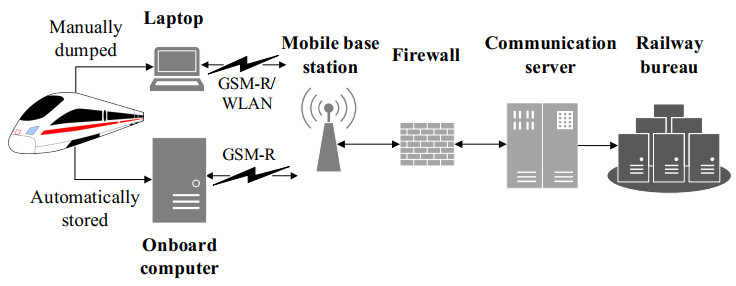
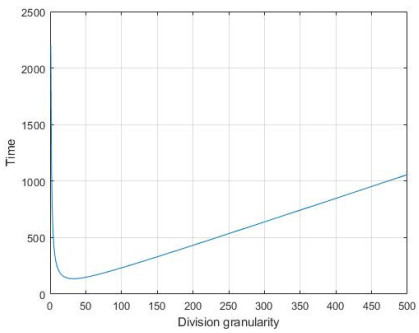
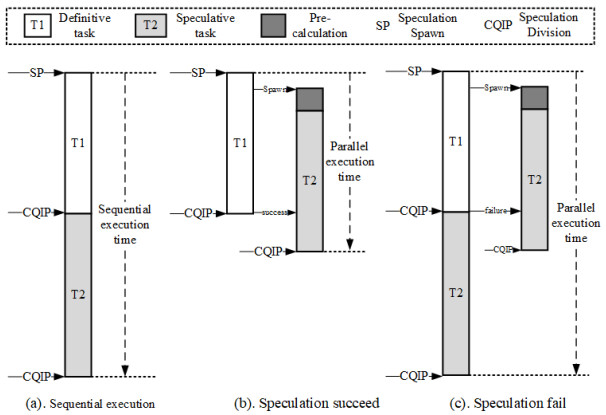

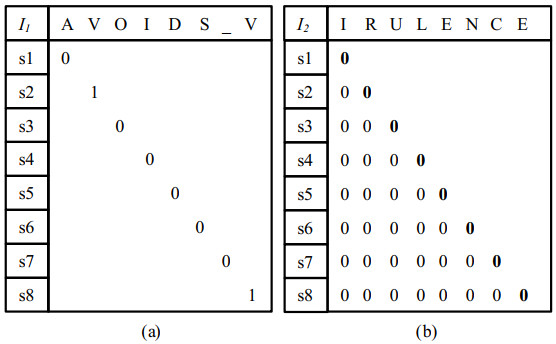
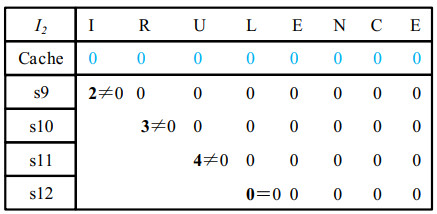
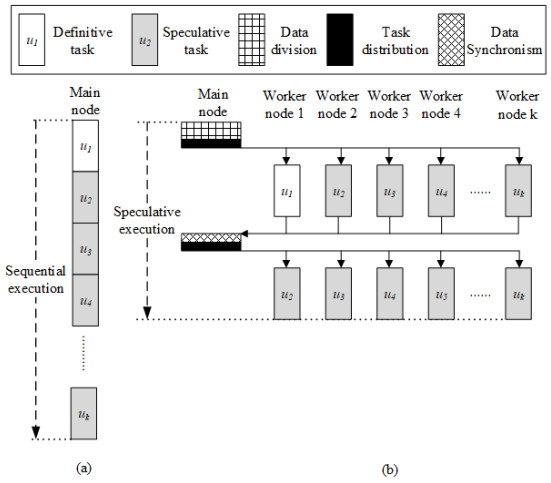




 DownLoad:
DownLoad: